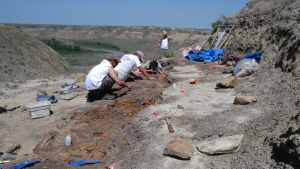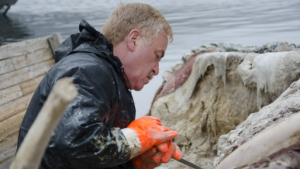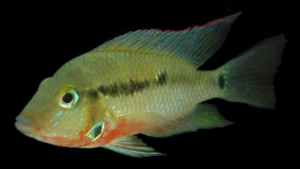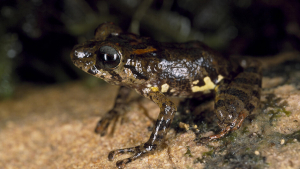Asteroids are rocky, left-over material from the formation of the solar system 4.5 billion years ago. They are time capsules, preserving information about how the planets formed and perhaps even the origins of life. This new asteroid display will showcase unique samples from the ROM’s meteorite collection and highlight ROM research related to the NASA-led OSIRIS-Rex space mission to the asteroid Bennu, scheduled to launch in early September, 2016.
The mission is expected to last seven years, with samples arriving back on Earth in September, 2023. Canada’s distinct contribution to this mission is a laser scanner that will create a three-dimensional surface map of the 500m asteroid, a necessity for choosing the right sampling site. Once the samples are returned, Canadian scientists, including the ROM’s Kim Tait (Curator of Mineralogy), will on be the international investigative team to learn all we can from this precious material.
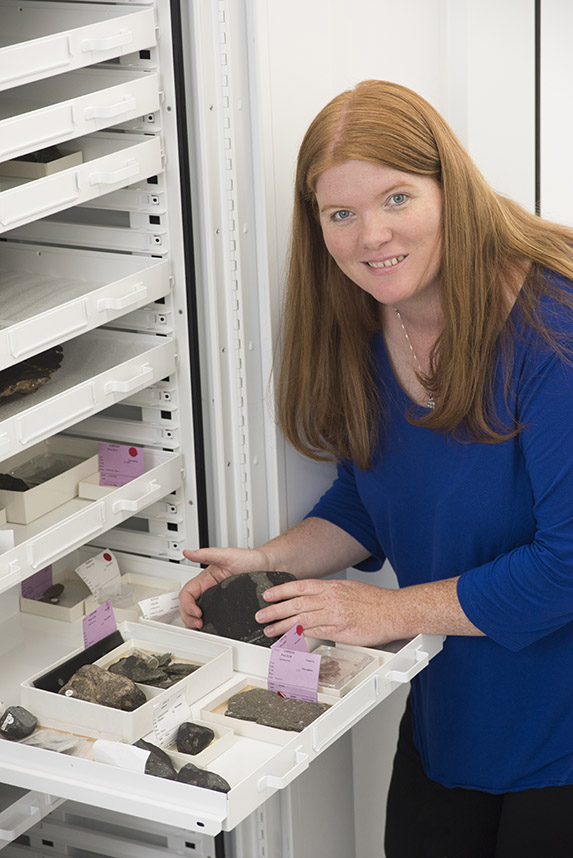
Dr. Kim Tait, Teck Endowed Chair of Mineralogy, in new meteorite storage room at the ROM. Image credit: Royal Ontario Museum, Brian Boyle.
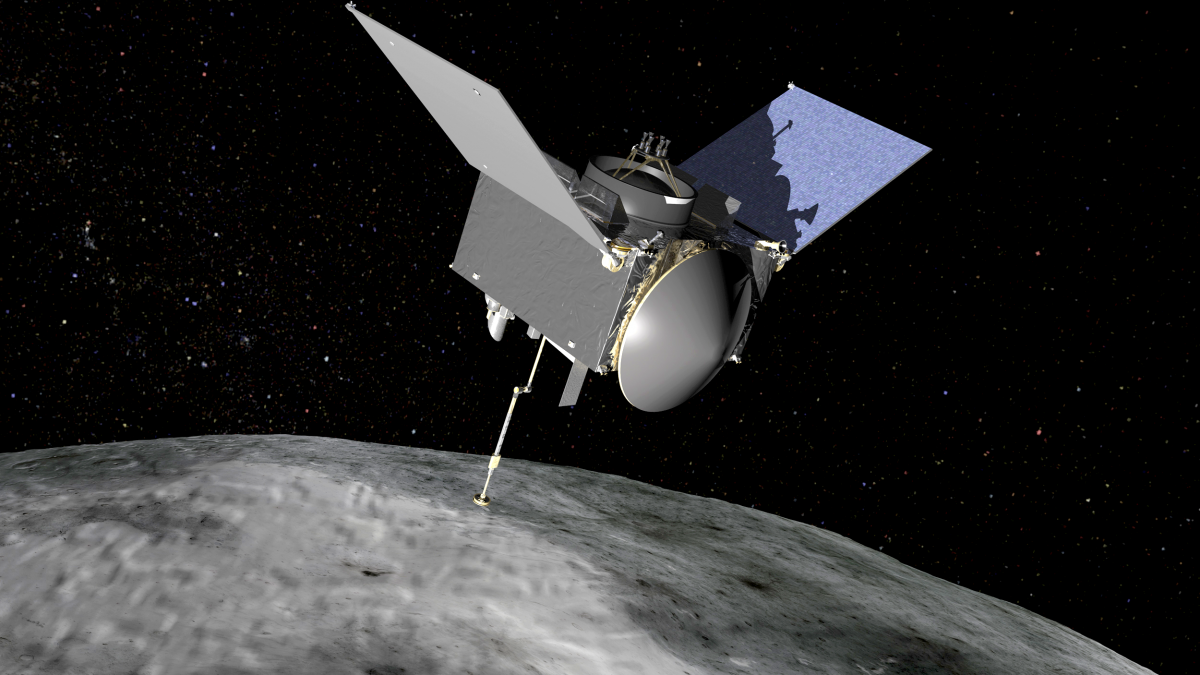
Caption: OSIRIS-REx spaceraft. The spacecraft will travel to a near-Earth asteroid called Bennu and bring a small sample back to Earth for study. The mission will help scientists investigate how planets formed, tell us about the origins of some of the building blocks of life, as well as improve our understanding of asteroids that could impact Earth. Image Credit: NASA
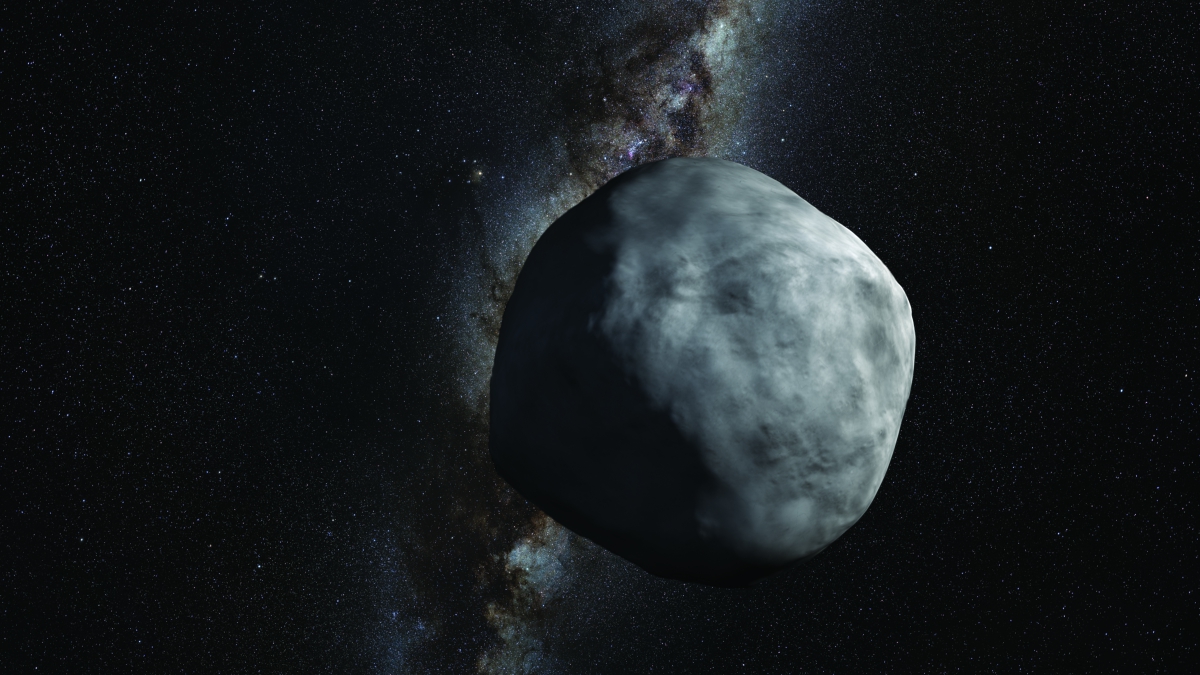
Caption: Artist rendition of asteroid Bennu. Credit: NASA's Goddard Space Flight Center Conceptual Image Lab
Canadian Contribution to OSIRIS-REx Mission: OLA Instrument:
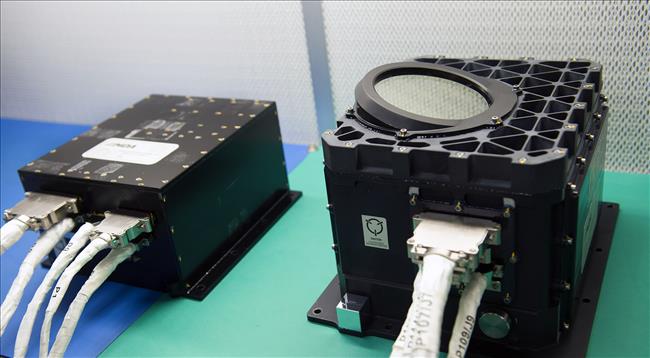
Caption: The OSIRIS-REx Laser Altimeter (OLA). Photo credit: NASA/Goddard/Debbie McCallum
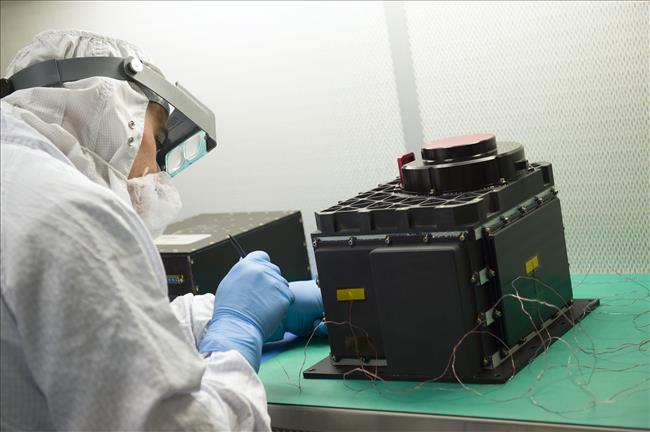
Caption: The OSIRIS-REx Laser Altimeter (OLA), contributed by the Canadian Space Agency (CSA), will create 3-D maps of asteroid Bennu to help the mission team select a sample collection site. NASA's OSIRIS-REx spacecraft will travel to the near-Earth asteroid Bennu and bring at least a 60-gram (2.1-ounce) sample back to Earth for study. Photo credit: NASA/Goddard/Debbie McCallum
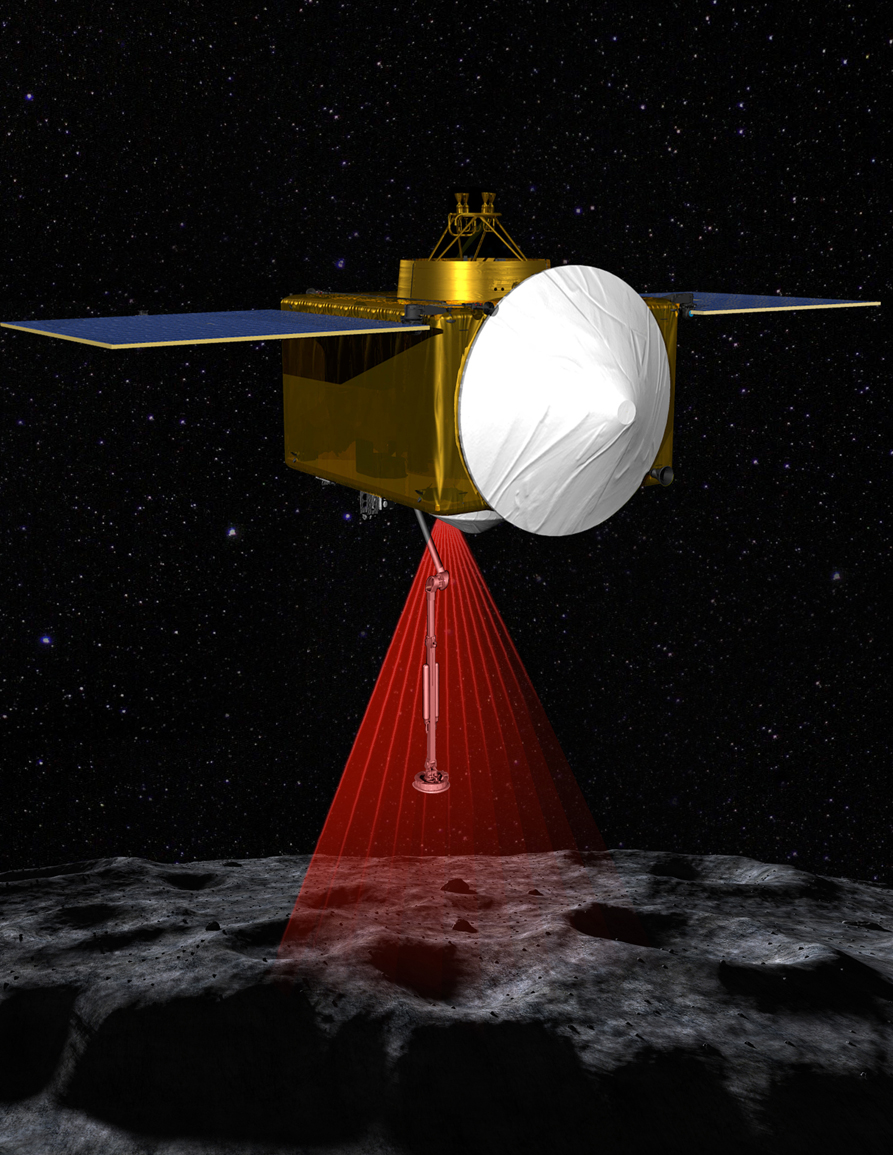
Caption: Artist's rendition of OLA on the OSIRIS-Rex spacecraft. Credit: MDA

